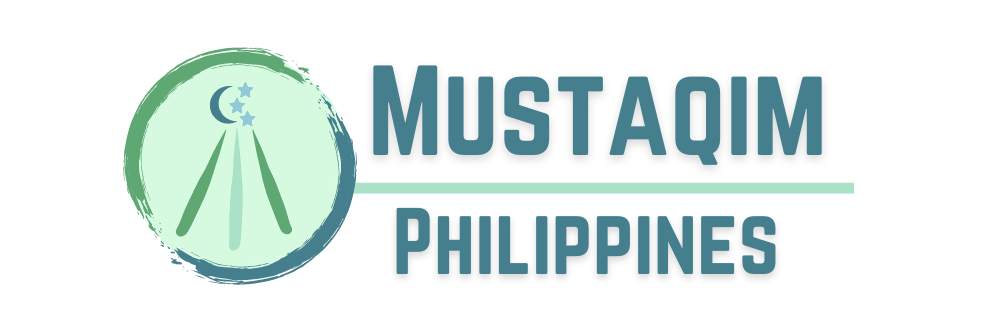Sama-Bajau also called the “Sea Gypsies” or the “Sea Nomads” dominates the islands of Tawi-Tawi in southwestern Sulu archipelago, Philippines. They are also found in the islands of Sulu Archipelago, coastal areas of Mindanao, Northern and Eastern Borneo, Sulawesi, and throughout Eastern Indonesian islands. Sama have at least 20 subgroupings, these 20 subgroups are named after the place where they live, as well as their language differ depends on the place or an island where they live. Just like any other tribe, conflicts are the main reason why people flee away from the native land, Sama-Bajau migrated to northern islands of Philippines and to Malaysia, which result to their increase in population of ethnic group in the Malaysian state of Sabah.
Sama tribe is divided into two basic categories: Sama Diliya or the land-oriented Sama and Sama Dilaut or the sea-based Sama or sea-gypsies. However, these two basic category names do also differ depending on how the neighboring countries and or other tribes call or address them, tribes who get used living with Sama communities. For example, the Tausug tribe calls the land-oriented Sama by the term Samal while, the sea-based Sama is called Bajau; in Malaysia, they call Sama as Bajau, the land-oriented Sama is called Bajau Darat while, the sea-based Sama is called Bajau Laut; in Indonesia, Sama is called by Bajo.
When we hear the term Sama, what comes into our mind first is that they are sea dwellers and their lives is mostly connected with the sea, and they live nearby the sea in a house made out of wood and bamboo and some other lives on their boats moored across the region. The sea-based Sama’s primary economic activities is fishing and collecting seaweed and shells. Somehow, there are also some of them who are purely land-based and farming is their primary source of living and they can be found in Western Sabah. Rice, cassava, corn and bananas, fruits and vegetables, which are mainly source of energy for them to work on their day-to-day life. They also grow coconuts for commercial production of copra.
There are also particular communities of Sama that are specializing in constructing of boats, weaving of mats, molding of pots, fabricating metal works and many others. In 17th and 19th century, trade played an important part of the Sama economy, they are trading sea cucumber, which helped them travel and transport goods from Southern Philippines and Eastern Indonesia.
Not every Sama is believed to be Muslims, in most cases, they believe in what they prefer to call “omboh” where they believe that the spirit of the dead can speak with the Supreme God, they definitely ask for everything from wellness, getting healed from being sick, and from harvesting enough fish from sailing their boats along the ocean and many other things. Those Sama individuals who believes that omboh eases and relieves every difficulty they have, also believes that these challenges that they are facing in life also comes from omboh. In order to please and in respect with omboh the Sama are offering tobacco, bitter nuts, colored lime, cooked rice with turmeric and molded into a mountain-like, fish, some fruits, and asked to put ease in whatever situation that they are facing. The sick one who is believed to be cursed by omboh can only go to the hospital once permitted by the traditional medical specialist who is believed to have asked omboh for forgiveness in advance.
Modernization has played an important development in the life of the Sama in general, their educational and economic status has changed, there are Sama Dilaut who now choose to live their life and built a house in the land instead of turning their boats into a house, they are starting to send their kids to school even if life is kind of difficult. The discrimination may still be around and felt by the Sama tribes from the people around them, so long that they now to themselves that they are doing their best to protect themselves without stepping on their fellow human’s rights and be a good example to their next generation is enough reason for them to be good in their own way.
References:
Gorlinski, V. (2016, January 17). Sama. Encyclopedia Britannica. https://www.britannica.com/topic/Sama-people
Hadji, M. (2010). Oral Histories and Traditions of the Sama Dilaut : Their Way of Life in Sitangkai, Sulu Archipelago, the Philippines (<Special Theme>Reconsidering Social History of Maritime Worlds in Southeast Asia : Perspectives from the Sama-Bajau). Retrieved 19 July 2021, from http://id.nii.ac.jp/1060/00002400/
Hussin, H. (2019). Buwas Kuning (Yellow Rice) and its Symbolic Functions Among the Sama-Bajau of Malaysia – Hanafi Hussin, 2019. Retrieved 19 July 2021, from https://journals.sagepub.com/doi/full/10.1177/2158244019885140
Peoples of the Philippines: Sama – National Commission for Culture and the Arts. Retrieved 19 July 2021, from https://ncca.gov.ph/about-culture-and-arts/culture-profile/glimpses-peoples-of-the-philippines/sama/
SAMA-BAJAU – Bureau on Cultural Heritage – BARMM. (2021). Retrieved 19 July 2021, from https://bch.bangsamoro.gov.ph/sama-bajau/
The Sama-Bajau. Retrieved 19 July 2021, from http://press-files.anu.edu.au/downloads/press/p69411/mobile/ch13s04.html
